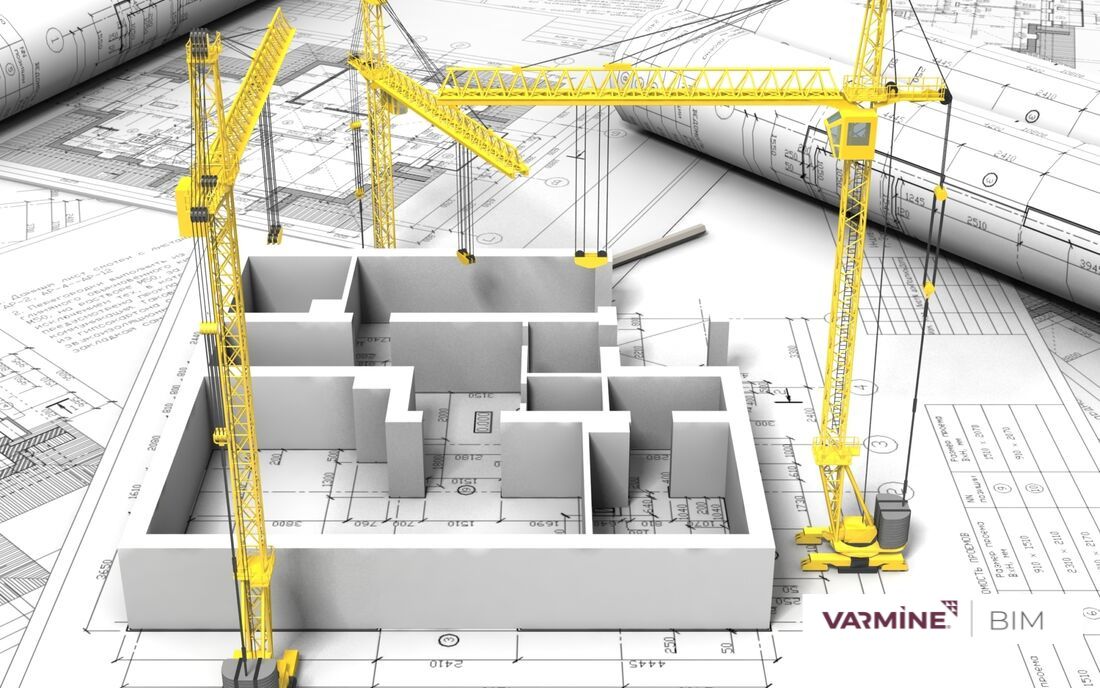in the world of construction, managing complex projects efficiently and effectively is a constant challenge. Traditional methods often fall short in terms of accuracy, collaboration, and time management. However, with the advent of 4D Building Information Modeling (BIM) simulation, construction management has taken a significant leap forward. By integrating 3D models with project scheduling data, 4D BIM simulation enables construction professionals to visualize and analyze the entire project lifecycle. In this blog post, we will explore how 4D simulation can revolutionize construction management and its benefits for stakeholders involved.
Enhanced Visualization
One of the most significant advantages of 4D BIM simulation is its ability to enhance project visualization. Construction professionals can create dynamic 3D models that incorporate time as the fourth dimension, allowing them to simulate the entire construction process. This immersive visualization helps stakeholders, including project managers, architects, and clients, to gain a comprehensive understanding of the project’s progress, construction sequences, and potential clashes between different building elements.
By visualizing the construction process beforehand, project teams can identify and rectify potential issues before they arise on-site. This proactive approach saves both time and resources, as it minimizes the need for costly rework and modifications during the construction phase. Moreover, the ability to showcase realistic renderings and virtual walkthroughs to clients enables better communication and stakeholder engagement, resulting in improved decision-making and increased client satisfaction.
Efficient Planning and Scheduling
4D BIM simulation significantly improves planning and scheduling in construction projects. By integrating project schedules with the 3D model, construction managers can accurately analyze the sequence and duration of activities. This integration enables them to identify critical paths, optimize resources, and identify potential bottlenecks well in advance.
Construction teams can simulate different construction scenarios and evaluate the impact of schedule changes in real-time. This empowers project managers to make informed decisions and adjustments to meet deadlines efficiently. By visualizing the construction process in a dynamic and interactive manner, teams can streamline workflows, allocate resources effectively, and mitigate risks associated with schedule delays.
Improved Collaboration and Communication
Effective collaboration and communication among project stakeholders are vital for successful construction management. 4D simulation acts as a collaborative platform, enabling multidisciplinary teams to work together seamlessly. With a centralized virtual environment, architects, engineers, contractors, and subcontractors can access and share project data in real-time.
By visualizing the construction process in 4D, stakeholders can easily communicate their ideas and concerns, leading to improved coordination and reduced misunderstandings. The ability to simulate the impact of design changes, construction sequencing, and material selections fosters a collaborative decision-making process.
Furthermore, 4D simulation facilitates better communication with clients and other external stakeholders. Clients can better understand the project progress, design intent, and potential modifications through interactive virtual models, resulting in improved client satisfaction and fewer change orders.
Conclusion
4D BIM simulation offers immense potential to revolutionize construction management. By integrating time into the 3D modeling process, construction professionals can enhance visualization, streamline planning and scheduling, and improve collaboration and communication. The benefits of 4D BIM simulation include reduced rework, optimized resource allocation, efficient project coordination, and increased client satisfaction.
As construction projects continue to grow in complexity, embracing 4D BIM simulation becomes crucial for staying competitive in the industry. By harnessing the power of this technology, construction companies can improve project outcomes, minimize risks, and deliver projects more efficiently, ultimately transforming the way we manage construction projects.


